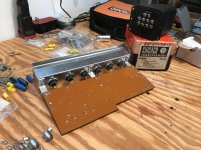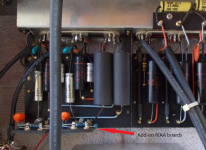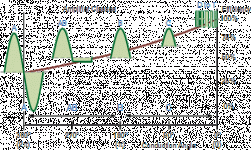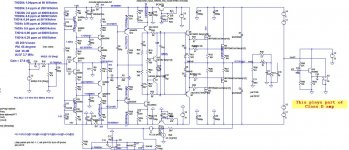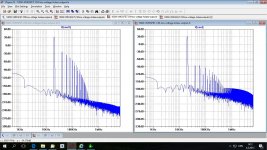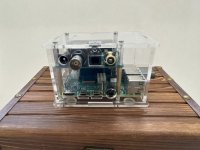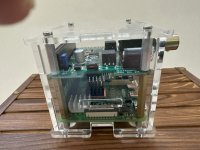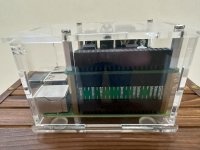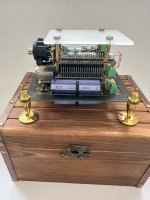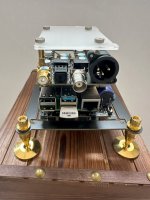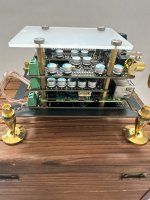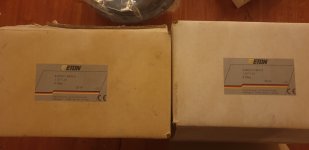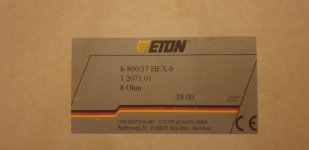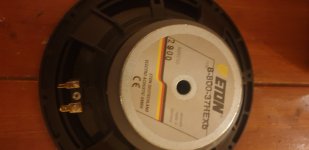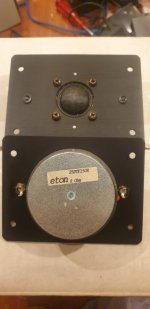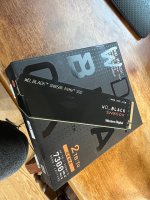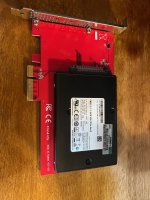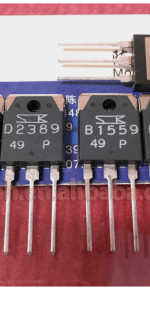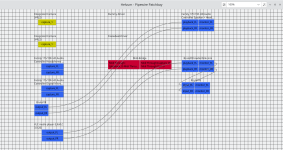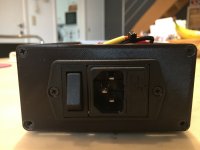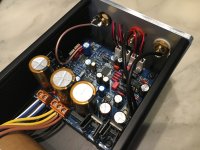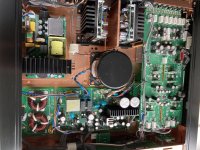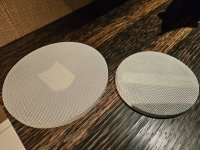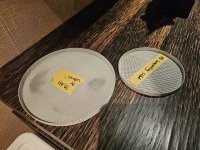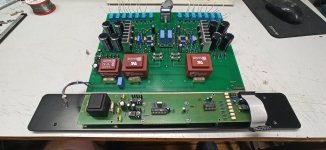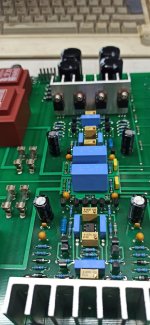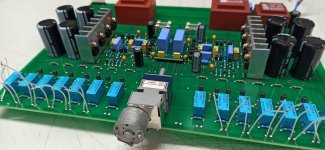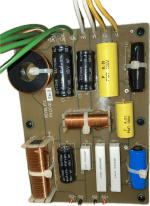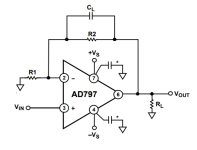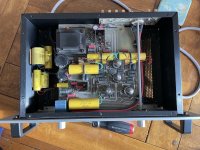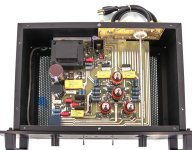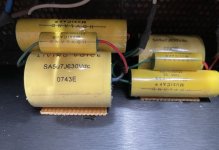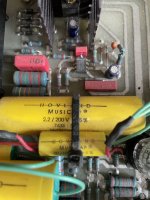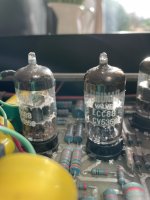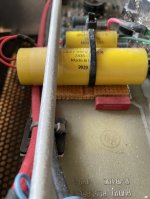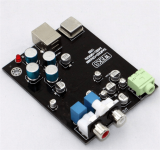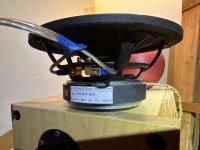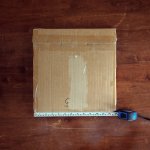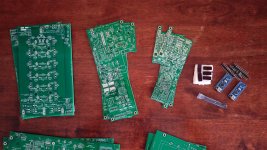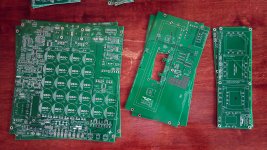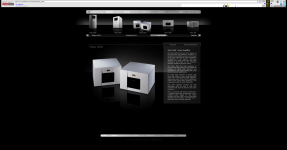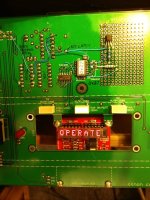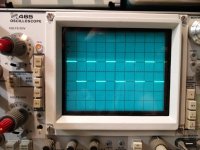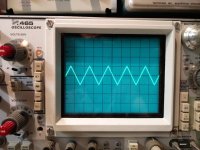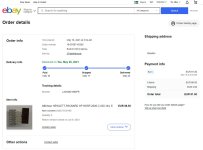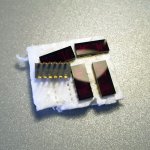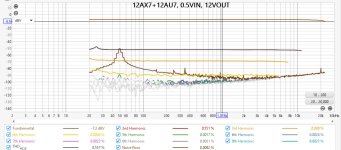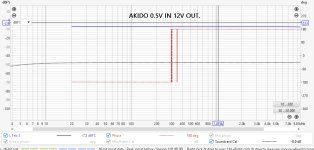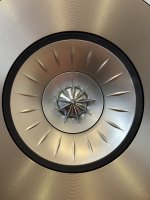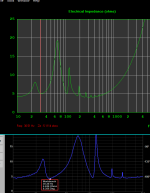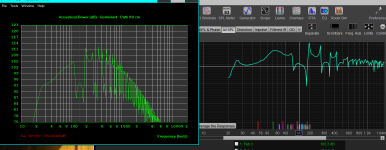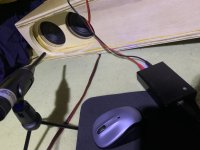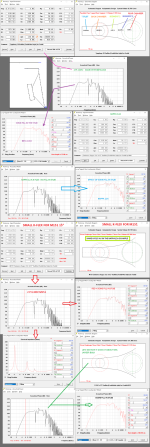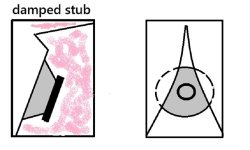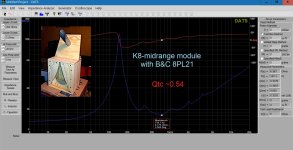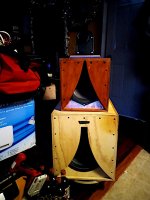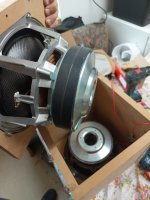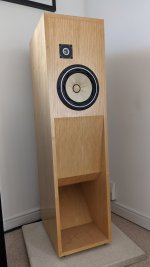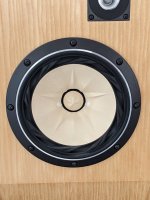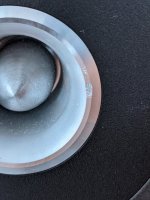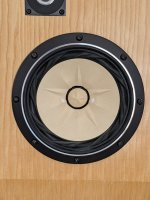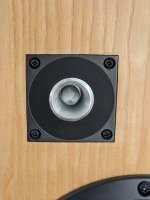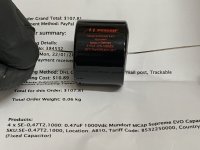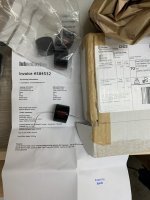I have been working on this project for a long time, and finally finished it. The concept is simple: a 3-way speaker with full-range directivity control.
Design and optimization of waveguides was done with Fusion 360 (modelling) and AKABAK (simulation). The loudspeaker looks like this:
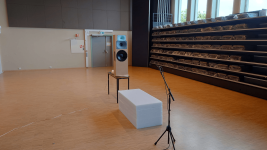
It uses the bliesma T25B, Kartesian Mid120_vHE, and Kartesian WOM300_vDIY. Waveguides are 3D-printed. Cabinet is 25mm MDF, 30mm for front baffle. Internal bracing is 16mm MDF. Amplification/crossover is hypex FA123. I also have a capacitor on the tweeter and two passive notch filters on the midrange (which reduces distortion in the passband).
Measurements were done with 16ms gating (62.5Hz resolution) and there is thus no data below that, so what you see below that is interpolated and almost certainly wrong. Furthermore 1/24 octave smoothing was applied, as the mid-high frequencies are a little too wiggly to easily read without it. Note that the image above is not representative for how these measurements were done, that image is from a measurement session in early autumn.
Spinorama:
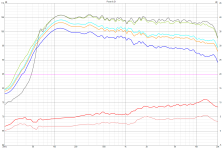
Horisontal radiation from 70Hz:
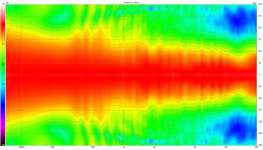
Vertical radiaation from 70Hz
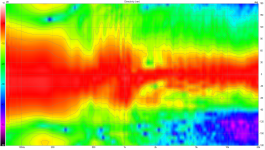
Some off-axis angles normalized to on-axis. 160 degrees was selected as that is where the woofer shows the strongest rear attenuation:
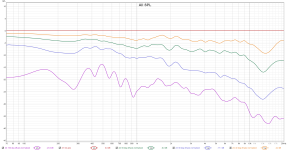
Finally, here is a comparison of the loudspeaker simulation (left, only simulated up to 5kHz, vituixCAD makes assumptions above that) and the measured sample (right):
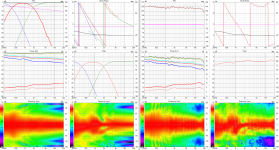
The agreement between simulation and reality is remarkably good!
Finally, I have been listening to it for the past two days and adjusting a bit to taste. Here are moving mic measurements from my room, ~2m distance, no EQ/correction applied:
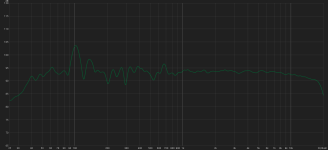
Overall I find it a bit bright and lacking bass (which makes sense, it's designed to be used with subwoofers). Due to my relatively short listening distance and the output capacity I've taken the freedom to increase bass output a bit, as well as use peak filters on the 102Hz and 135Hz resonances. I've also brought up the lower midrange/upper bass slightly. It now looks like this:
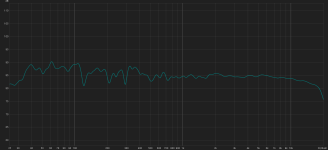
I find it enjoyable, but am experimenting with a -1 to -2dB high shelf filter, as it still sounds a little sharp at times.
If I were to build it all over again, there are changes I would make, but overall I am very happy. Feel free to ask any questions!
